Our Mission
Preserving the Past, Inspiring the Future
The Stockton & Darlington Bicentenary is dedicated to safeguarding the legacy of the iconic railway history of the North East and Cumbria regions. Through engaging events and educational initiatives, we aim to inspire a deep appreciation for our heritage.
Introduction
Surviving by extension...
The S&DR was formally opened on the 27th September 1825, being the first public railway in the world to employ steam locomotives.

The Stockton & Darlington Railway Crest
Its first route connected collieries in the Shildon area with Darlington & the River Tees at Stockton. Moving coal to ships soon generated substantial profits and the S&DR extended to a new port at Middlesborough.
Extensions were also built westwards into Weardale and eastwards to Redcar. However, the S&DR experienced severe financial problems in the late 1840’s and was very nearly taken over by the York, Newcastle & Berwick Railway.
Fortunately, iron ore was discovered in Cleveland and its subsequent transport enabled the S&DR to pay off its debts and, as we shall see, also led to the construction of both the South Durham & Lancashire Union Railway (SDLUR) and Eden Valley Railway (EVR); These being effectively subsidiaries of the S&DR.

The full extent of the Stockton & Darlington Railway
The S&DR became part of the North Eastern Railway (NER) in 1863 – transferring some 200 miles of railway and approx. 160 locomotives. It continued to operate independently as the Darlington Section until 1876, when that became the Central Division of the NER.
A section of the original route is now part of the Tees Valley Line operated by Northern.
The SDLUR & EVR
A Westbound Opportunity...
On the 8th June 1850, Henry Bolckow & John Vaughan discovered the main iron ore seam at Eston in Cleveland. Unfortunately, this ore was of low quality, being relatively high in phosphorus and thus unsuitable for the production of high quality iron and steel in the vast complexes beginning to emerge in the North East and West Cumberland. This could only be achieved by the use of high quality haematite ore available in West Cumberland. As a result, it became apparent that there was an opportunity to transport Durham coke westward and haematite iron ore eastward. This traffic began to flow via the circuitous route between Newcastle and Carlisle.
In 1852, there were plans to construct a railway from Darlington to Barnard Castle and this opened on the 8th July 1856. At the same time as the route to Barnard Castle was being developed, the Directors of the S&DR were also showing interest in the possibility of a railway to Westmorland – the transport of coke and iron ore being their main interest.
On the 1st November 1854, a key meeting took place in Appleby to discuss the possibility of extending the Darlington to Barnard Castle route over Stainmore through Appleby to join the Lancaster and Carlisle (L&CR) line (now the West Coast Main Line, WCML) at Hackthorpe.
Discussions were then brought to a halt by the Crimean War (1854 – 56), but resumed shortly thereafter. A Meeting at Brough in September 1856 resulted in a proposal a construct a line between Barnard Castle and Tebay with a separate branch from Kirkby Stephen via Appleby to Penrith or Clifton on the WCML. The decision to route the main line to Tebay and not Appleby / Penrith was largely driven by the desire to access Furness and the haematite ore.
A further key meeting in Appleby on 20th September 1856 witnessed the formation of two companies, the SDLUR and the EVR.

Company Crests - SDLUR (left) & EVR (right)
The SDLUR left the S&DR Haggerleases branch at a location which became Spring Gardens Junction running via Barnard Castle, over Stainmore to Kirkby Stephen and Tebay. Engineered by Thomas Bouch, it received Royal assent on the 13th July 1857.
The EVR, however, was somewhat more controversial. This time, Thomas Bouch surveyed two routes. The first was via Warcop and the east side of the River Eden to Temple Sowerby and the second ran along the west side of the river through Morland. A further meeting at Appleby on the 24th October 1857 chose the route from Kirkby Stephen to Clifton via Warcop, Appleby & Temple Sowerby. It received Royal assent on the 21st May 1858.
The S&DR guaranteed a significant value in shares and undertook to work both the SDLUR & the EVR.
Access To Furness
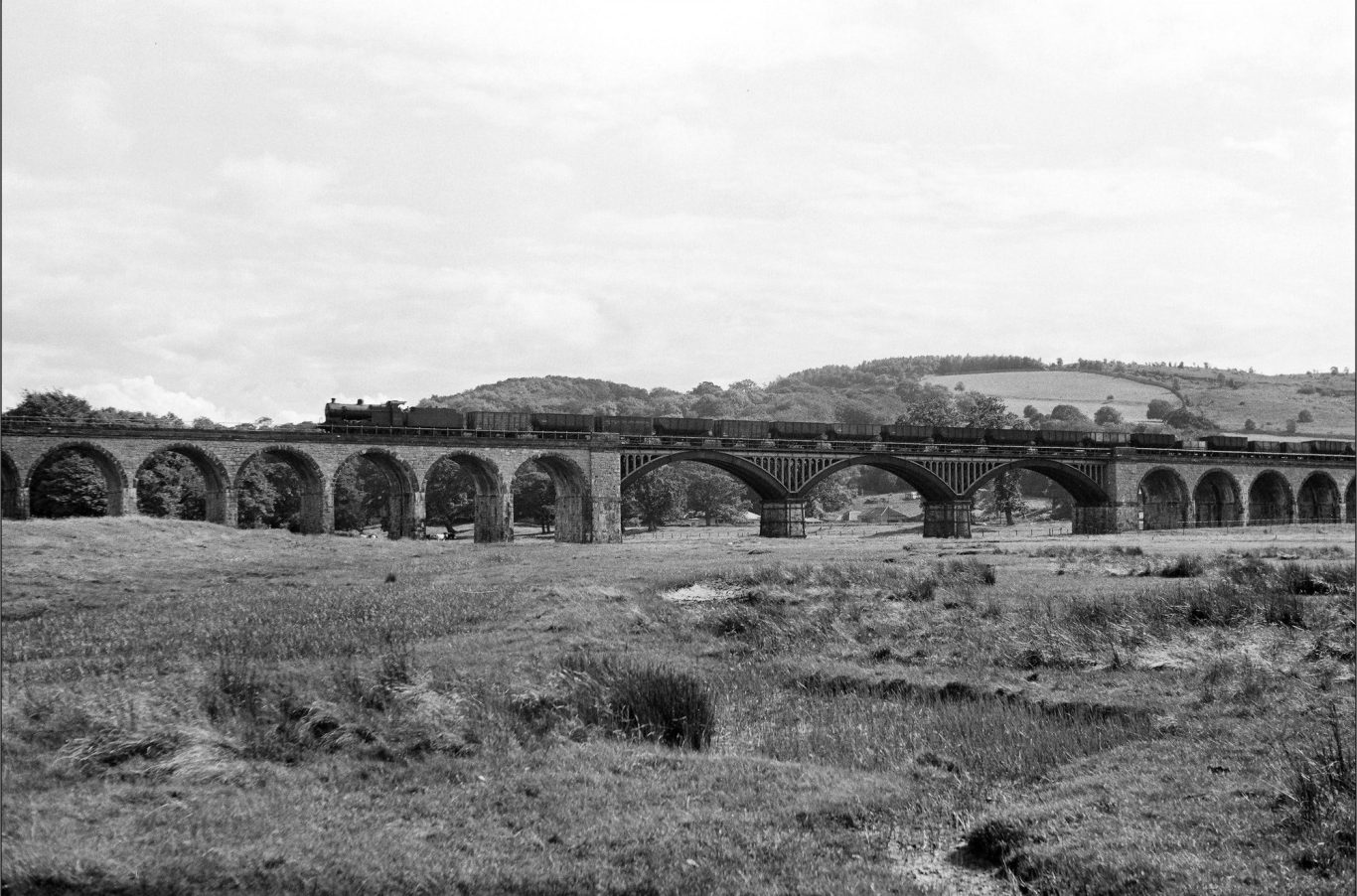
Bela Viaduct on the Hincaster branch
When traffic to the Furness area commenced following the opening of the SDLUR, after a locomotive change at Tebay, it was worked from there to Carnforth where it crossed over and gained access to the Cumbrian Coast route.
At the end of 1865, the Durham to Barrow coke traffic through Tebay was 3,800 tons / week and this was expected to rise to 5,000 tons / week by March 1866.
On Monday 26th June 1876, the Furness Railway (FR) opened its branch from Hincaster Junction south of Tebay to Arnside on the Cumbrian Coast route. This potentially offered a more direct route for the Durham – Barrow traffic. That being said, the LNWR and FR were unable to reach an operating agreement.
However, the coming of the Great War and the significantly increased operating pressures, particularly on the FR, changed matters. Through traffic between Durham & Barrow over the branch commenced on 4th September 1916 with 6 trains in each
direction – 3 worked by the LNWR and 3 by the FR. Towards the end of the war, the then Prime Minister, David Lloyd George, described these workings as ‘a lifeline of Britain’ for keeping the shipyards at Barrow supplied with the necessary materials.
After the Great War, these workings between Tebay and Barrow were shared by Tebay (3) and Barrow (4) locomotive sheds.

Hincaster Junction on the L&NWR
By 1947, the traffic had reduced to 3 coke trains in each direction - this saw a mini revival in 1957 increasing to 4 westbound workings and 5 eastbound, but fell away again by 1960 to 2 return workings / day.
There is some confusion as to exactly when these workings ceased. Some reports state that the coke traffic was diverted via Carlisle and the Cumbrian Coast from 4th July 1960, whilst others imply that it continued until closure of the Stainmore route.
Access To West Cumberland
In terms of mineral traffic gaining access to Penrith and the Cockermouth, Keswick & Penrith Railway (CK&PR), the EVR was disadvantaged by the Lancaster & Carlisle Railway (L&CR) insisting that it turned south at Wetheriggs to join its route at Clifton station heading in a southbound direction.
The unsuitability of this arrangement was soon realized and, in July 1862, an Act for the diversion of the route to Penrith was obtained and running powers over the L&CR into Penrith were also negotiated.
This provided for a north-facing junction with the L&CR at what ultimately became Eden Valley Junction.
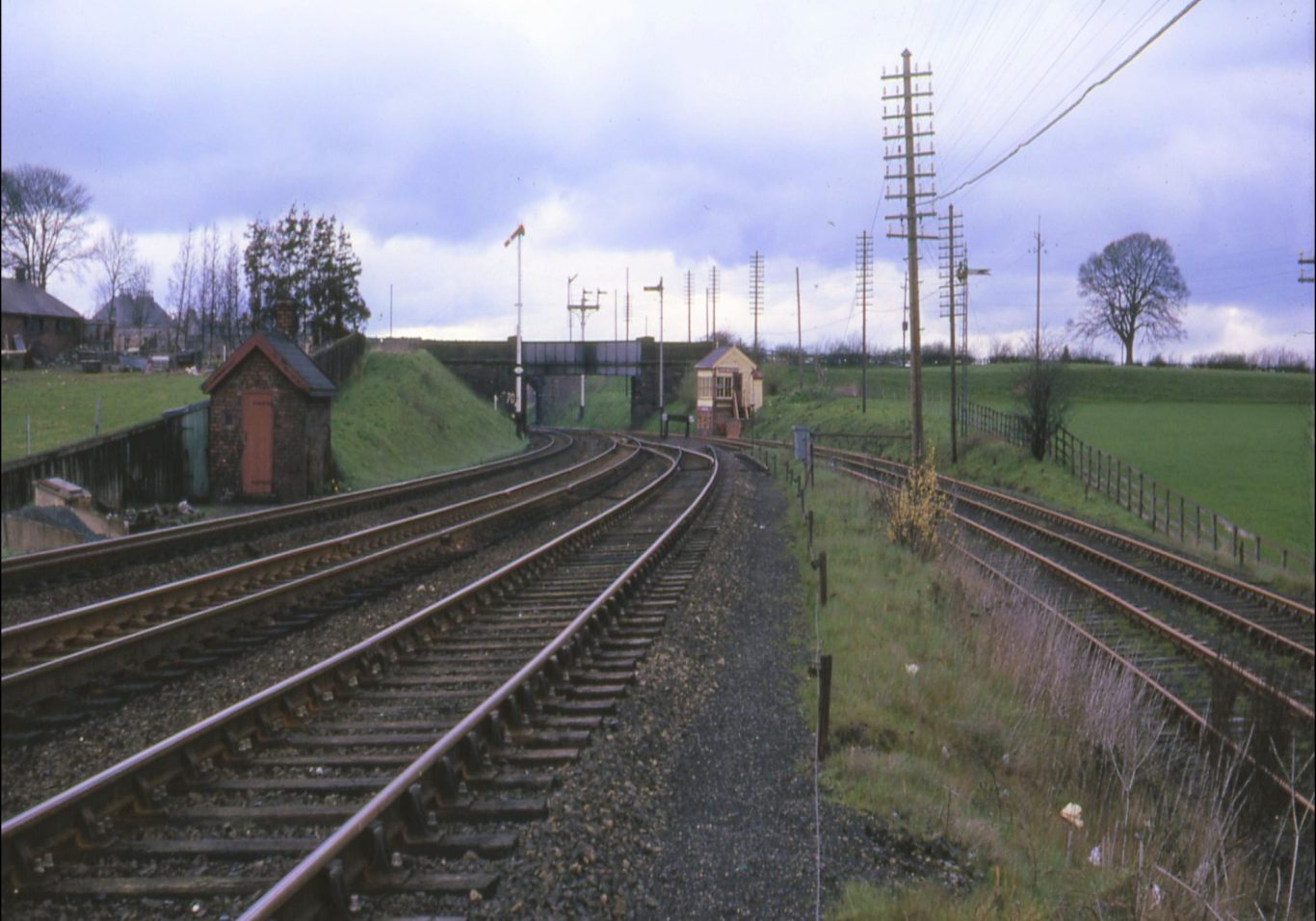
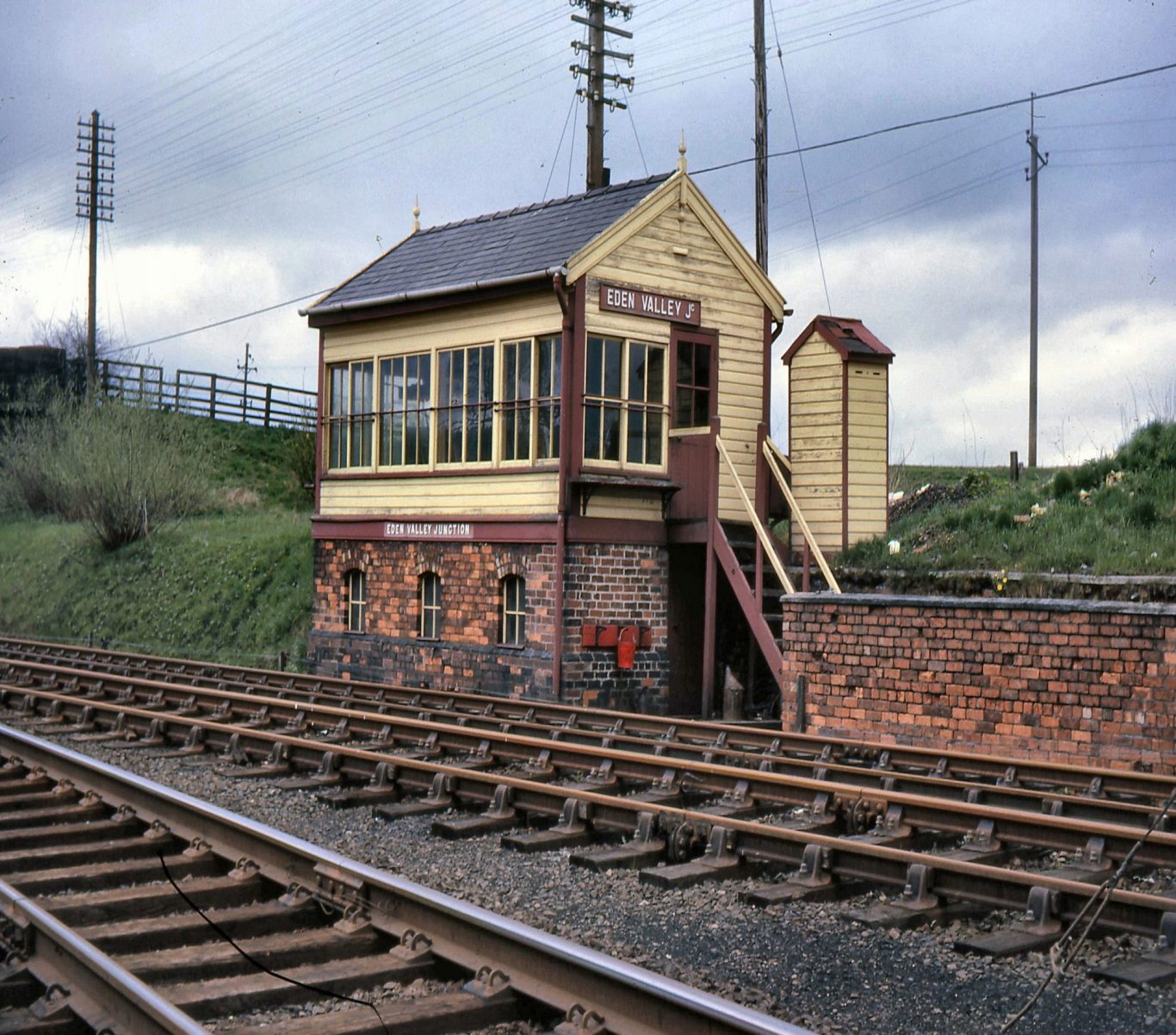
Eden Valley Junction on the L&NWR
To gain access from the L&CR onto the CK&PR without having to reverse at Penrith, an isolated section of the NER was constructed and opened in 1866. This section, the Redhills curve, left the L&CR at Eamont Bridge Junction, just south of Penrith, passed under the CK&PR and then climbed up to join it at Redhills Junction.
A Forgotten Junction

The remains of a bridge near Wetheriggs
The Cumbrian Railway Association has kindly allowed us to share their fascinating article, "A Forgotten Junction in Westmorland." It explores the brief history of the south-facing junction at Clifton, which operated for just 12 years before closing in 1874.
Click here to read
Coke To Cockermouth
The Cumbrian Railways Association has graciously allowed us to share an article from their newsletter, Coke to Cockermouth, by Dave Richardson. Delve into the captivating history of the West Cumberland iron industry and the essential role played by the Stainmore Line in its development.
Click here to read

Kirkby Stephen East around 1905
Closure, Decline & Reopening
Following World War II, increasing vehicle ownership led to a steady decline in rail services, culminating in the closure of most routes in January 1962. The final passenger journey, marked by the enthusiasts’ excursion “The Stainmore Limited,” was followed by limited freight services between Appleby East and Hartley Quarry until 1975. Afterward, only the Warcop section remained for Army use, ceasing operations by the late 1980s and leaving the line’s future in doubt.
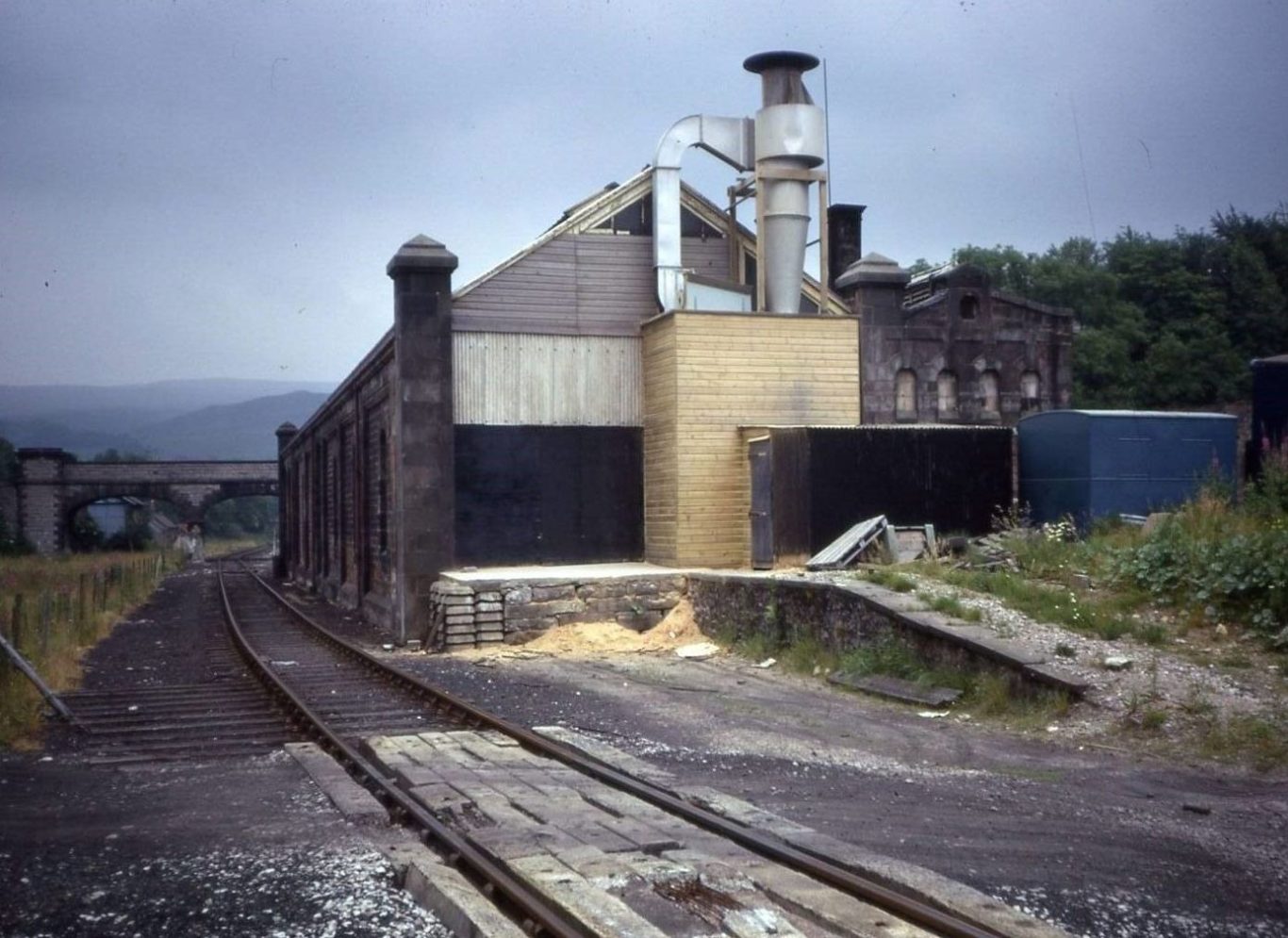
Kirkby Stephen East reduced to just a single line
In 1995, the Eden Valley Railway Society was formed with the goal of preserving the Appleby East to Warcop section and ultimately extending the line to Kirkby Stephen East (KSE). Recognizing the importance of KSE to the project’s vision, supporters created Stainmore Properties Ltd (SPL) in 1997 to purchase the derelict station and site, ensuring its survival as a cornerstone of the restoration effort.
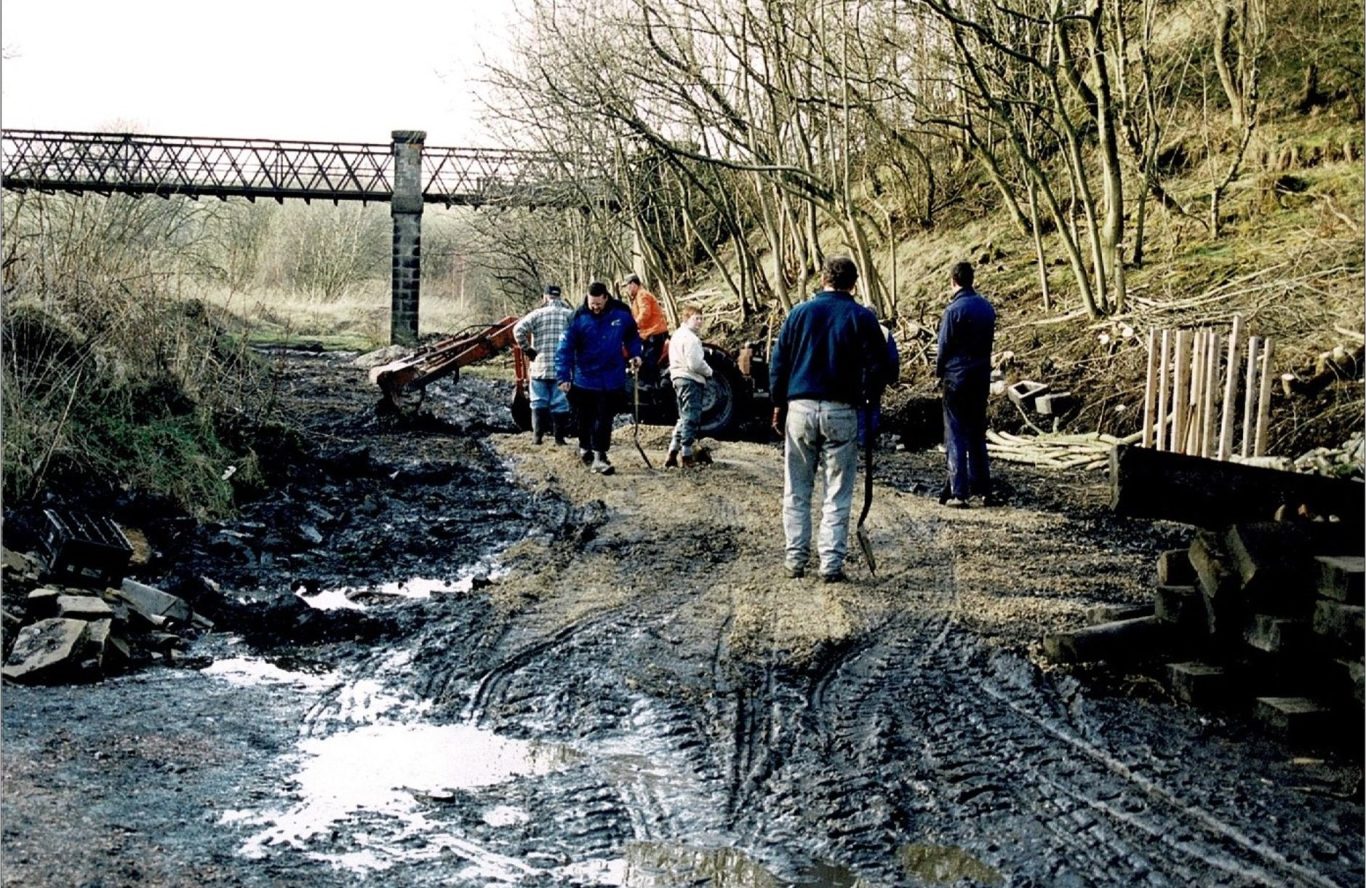
Volunteers hard at work clearing the track bed
At KSE, volunteers faced monumental challenges, including clearing 7,500 tonnes of waste and dismantling asbestos-lagged structures. With grants and community support, the station was transformed, and in 2011, KSE marked the railway’s 150th anniversary with the triumphant return of steam-hauled passenger trains. Over 5,000 visitors attended the event, which earned national recognition from the Heritage Railway Association.
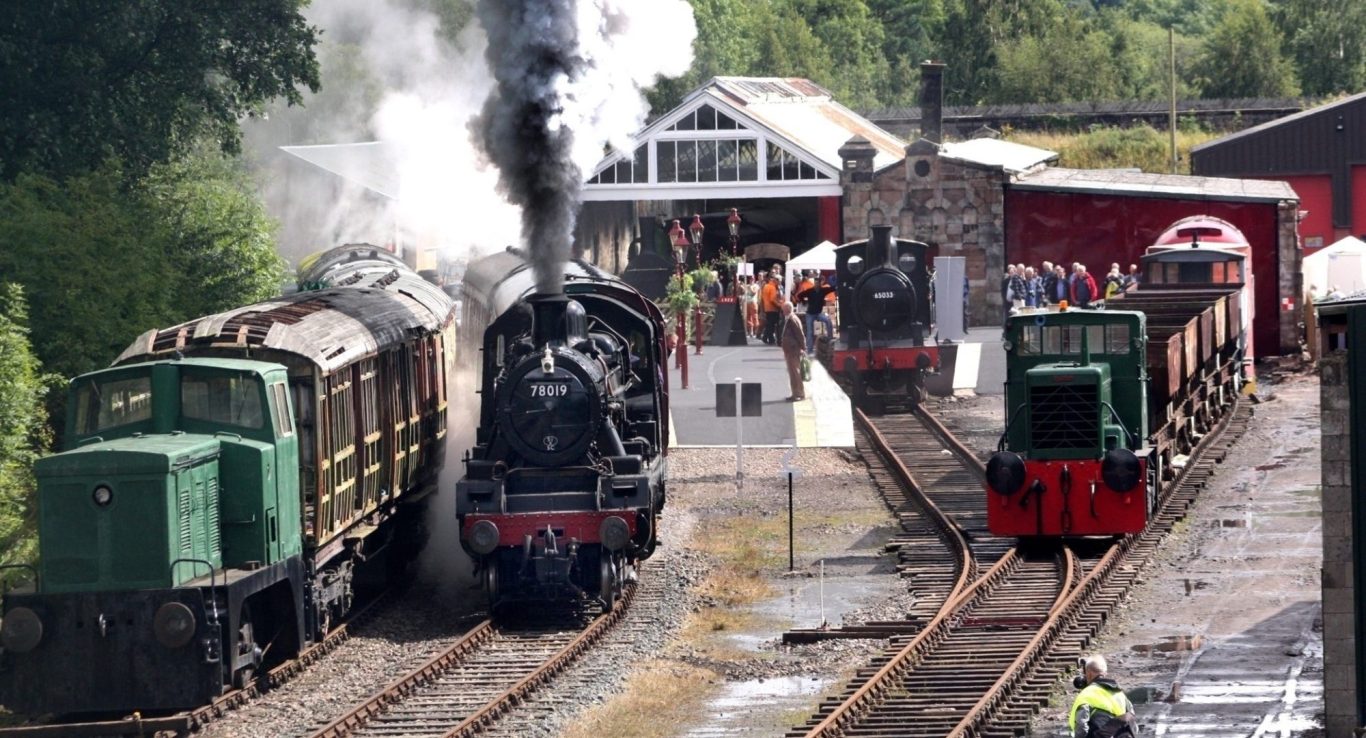
Kirkby Stephen East lives again at Stainmore 150
Since then, KSE has continued to thrive as a hub for restoration and heritage. A new maintenance shed has enabled year-round volunteer work and the arrival of historic North Eastern Railway (NER) and London and North Eastern Railway (LNER) items. Current projects, such as the “Cumbrian Victorian Locomotive Experience,” aim to restore locomotives and carriages to create a fully immersive visitor experience.
The achievements at KSE reflect the dedication of countless volunteers, supporters, and funders who have worked tirelessly to preserve this iconic piece of railway heritage, ensuring it remains a living part of the community for future generations.
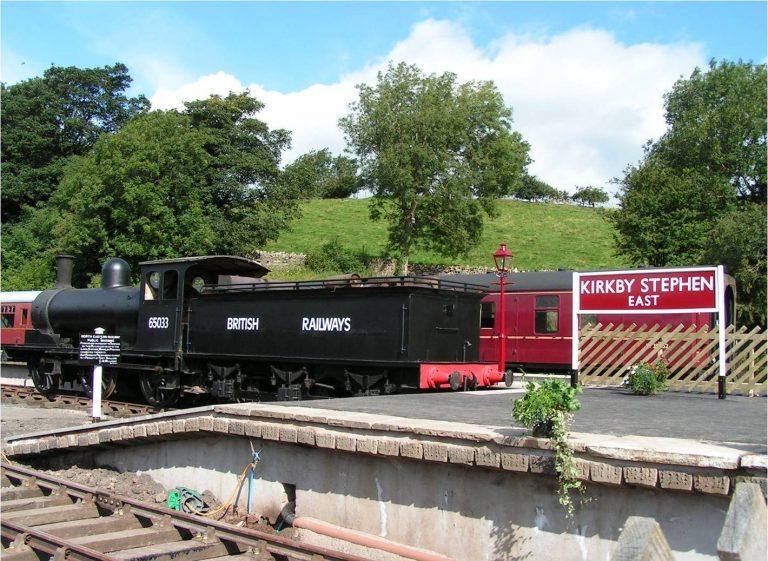
Experience the magic of the past with S&D Bicentenary
Be part of the upcoming celebrations and Join us in honoring the legacy of the Stockton & Darlington Railway.
©Copyright. All rights reserved.
A big thank you to the North Eastern Railway Association, JW Armstrong Railway Photographic Trust and the
Cumbrian Railways Association for kindly allowing us to reproduce some of their photos.
We need your consent to load the translations
We use a third-party service to translate the website content that may collect data about your activity. Please review the details in the privacy policy and accept the service to view the translations.